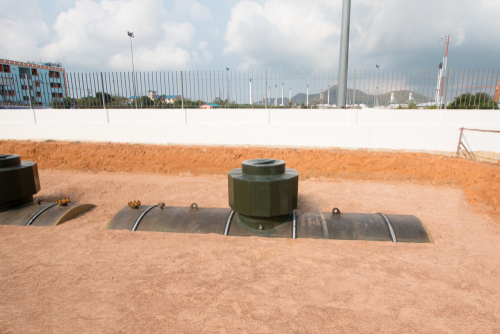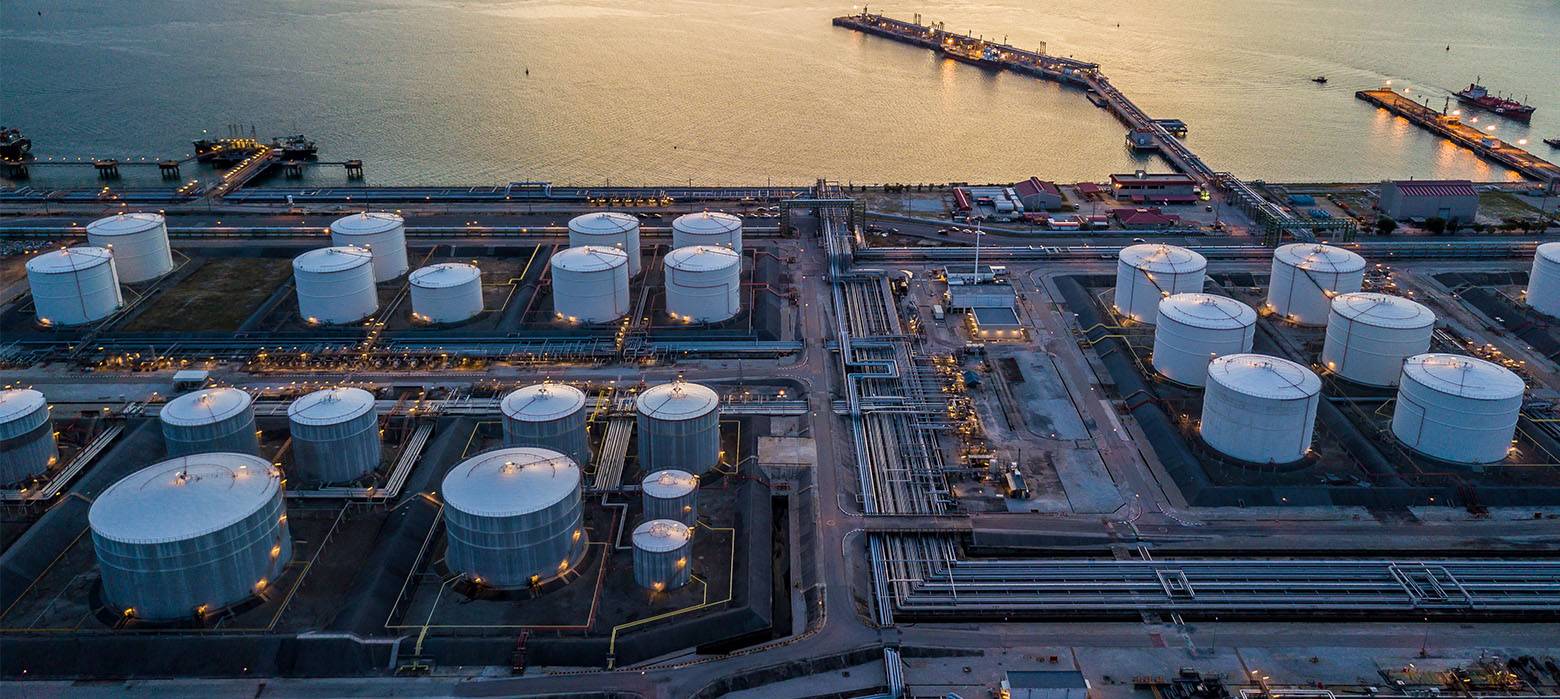
- admin
- November 13, 2019
A Complete Guide on Underground Storage Tank
An underground storage tank system (UST) is a combination of a tank and underground piping connected to the tank that has 10 percent of its underground volume underground.
Federal regulations apply only to UST systems storing either petroleum or liquids that are harmful to the environment, such as methane.
Nowadays, nearly all USTs are regulated and are used for storing petroleum. Currently, UST owners primarily include marketers who sell gasoline on retail (such as gas stations and service stores) and non-marketers such as fleet service operators and local governments.
According to EPA, there are less than 10,000 tanks all over the U.S that hold hazardous substances governed by UST regulations.
According to experts, the greatest dangers are posed by USTS are to the environment, and subsequently to human health through the leakage.
They believe that when these tanks leak, they seep into soil and groundwater (a source to nearly 50% of the nation’s drinking water).
Additionally, underground storage tanks that contain petroleum increase the risk of fire hazards and explosions. Needless to mention, these are threats that should be taken very seriously.
Since the 1980s, Subtitle I of the Solid Waste Disposal Act (the act responsible for regulating Underground Storage Tanks) has been amended to focus more on inspections, training, education on containment, spill prevention, and fiscal responsibility.
In 2009, the United States Government allocated $200 million from the Leaking Underground Storage Tank (LUST) trust to the EPA to clean up leaking USTs across the nation. And in 2015, the EPA strengthened the previous update that took place in 1988 through a series of revisions.
The emphasis of these revisions was primarily on operating and maintaining UST equipment. The goal was to detect and, in turn, prevent UST releases (one of the leading sources of groundwater contamination).
Industry experts believe that these revisions are also aimed at changing parts of 40 CFR Part 280 which helps establish federal requirements that are similar to some key portions of the Energy Policy Act of 2005.
Underground Storage Tank Types
Underground storage tanks can be of different shapes and sizes. Here’s a list of 4 types of Underground Storage Tanks available in the United States.
1> Aluminum or Steel Tanks
This is the most common type of underground tank in the United States. The steel tank institute of the United States has a predefined guideline for these tanks.
Usually found in cylindrical, square or rectangular shapes, these tanks can be set horizontally, as well as, vertically.
A variety of accessories such as hold-down lugs, internal baffle plates, ladders, saddles, and dispensing valves are also used in these tanks.
2> Composite Over Wrapped Tanks
This type of tank is built by mixing two or more materials. The tank contains filament winding made of glass fiber, carbon fiber, and other plastic compounds.
This protective shield being resistant to corrosion maximizes lifespan of the tank.
3> Thermoplastic Tanks
These tanks are made with a polymer liner on the carbon fiber and are primarily used for storing chemicals and industrial oils. The best part about these tanks is that they are cost-effective and highly durable.
4> Cisterns
These types of storage tanks are extensively used for rainwater collection and storage along with well-water storage. Apart from these, cisterns also play a critical role in a cooling tower, air conditioning condensate, and fire protection.
Uses of Underground Storage Tanks
Underground storage tanks have a wide array of uses. Here are the 5 most important uses of these tanks.
1. Potable Water Source
Underground storage tanks are used to store water in areas with a low well-water capacity or areas where groundwater quality is poor.
2. Rainwater Harvesting
Heavy rainwater runoff is the root cause of soil erosion. Underground storage tanks can be used to store rainwater or control water distribution and, in turn, prevent soil erosion.
3. Fire Suppression and Sprinkler Reservoirs
Fire suppression systems must’ve immediate access to water. Commercial properties like manufacturing facilities and warehouses install water tanks for emergency use. The goal is to supplement their fire sprinkler systems in case of a fire hazard.
4. Greywater
Greywater contains minor contaminants but is useful for non-drinking purposes. Underground tanks can be used to store greywater.
5. Agri-Business
Irrespective of the climate, farmers, and ranchers always need access to water. Underground water storage tanks provide water for irrigating crops in all weather conditions.
So, here was our complete guide on underground storage tanks. Let us know in the comment section if you want to add something exciting.
- industrial storage tank
- storage tank
- Underground Storage Tanks
Category
- Above Ground Fuel Tanks
- Above Ground Gas Storage Tank
- Above Ground Storage Tanks
- Above Ground Water Storage Tanks
- Agricultural Tanks
- Chemical storage Tanks
- Diesel Fuel Storage Tanks
- Diesel Storage Tanks
- Exernal FloatingRoof Tanks
- Farm Water Tank
- Fiberglass Oil Tanks
- Fiberglass Septic Tanks
- Fiberglass Tanks
- Fiberglass Underground Fuel Storage Tanks
- Field Erected Tanks
- Floating Roof Tank
- Food and Beverage Tanks
- Fuel tank
- Industrial Chemical Storage Tanks
- Industrial Gas Tanks
- Industrial Plastic Tanks
- Industrial Storage Tanks
- Industrial Tank heating pads
- industrial tanks
- Natural gas
- Natural gas vs Propane
- oil storage tank
- Oil Storage Tanks
- Peracitic Acid
- Petroleum Tanks
- Residential gasoline storage tanks
- Residential Water Storage Tanks
- Sodium Hydroxide Storage Requirements
- Sodium Hypochlorite Storage Tanks
- Steel Storage Tanks
- storage tank failure prevention
- Storage Tanks
- Sulfuric Acid Tanks
- Uncategorized
- UnderGround Storage Tanks
- Waste water tank
- Water Storage Tanks

 Tank Size Calculator
Tank Size Calculator






